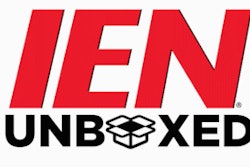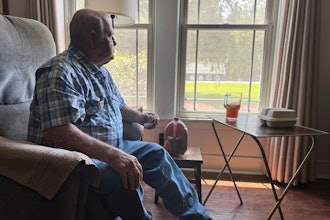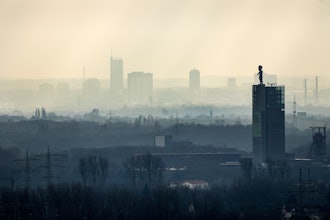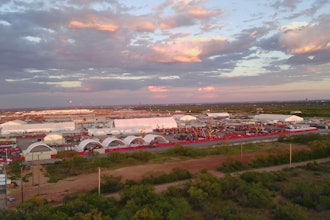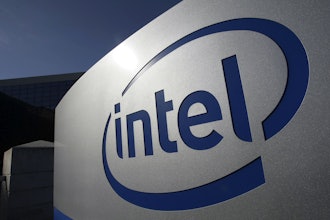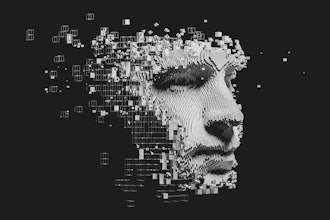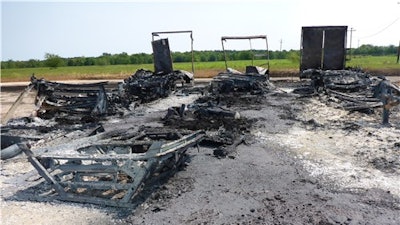
The U.S. Chemical Safety Board (CSB) has long served as a critical pillar in the protection of industrial workers, conducting independent, non-punitive investigations into major chemical incidents. Its work has led to widespread safety improvements and deeper understanding of root causes in industrial accidents.
READ MORE: Trump's Plan to Defund Chemical Safety Board Puts Lives at Risk, Expert Warns
Yet despite its vital role, the CSB continues to face repeated defunding threats, raising the question: if the CSB were to close, who or what would be able to fill the void?
The answer isn’t simple. While AI and machine learning technologies offer powerful tools to help detect risks and streamline safety processes, they can’t replace the transparency, national lens and accountability that only the CSB provides.
What they can do, however, is extend and complement the CSB’s mission, especially in a world where federal oversight may diminish.
AI as an Early Warning System for Industrial Safety
AI is already proving its ability to uncover hidden dangers in the workplace before they escalate into serious incidents. Machine learning models can sift through vast amounts of data, from process control systems to maintenance logs and unstructured incident reports, to identify subtle risk patterns that human reviewers might miss.
For example, safety platforms are now using natural language processing (NLP) to analyze incident reports and flag potential serious injury and fatality (pSIF) events. Even when an incident seems minor on the surface, AI can detect keywords or sequences of events that correlate with more severe hazards, enabling safety teams to investigate and act preemptively.
AI can also support job safety analyses, automatically generating hazard assessments and control recommendations by pulling from internal data, CSB archives and regulatory databases. This helps standardize planning and reduce oversight, especially during process or maintenance changes.
Importantly, these AI-generated assessments still require final review by qualified professionals, who ensure site-specific factors and human realities are taken into account.
These capabilities extend the spirit of the CSB’s systemic investigations, catching the signals that precede disasters, not just reacting after they occur.
What AI Can and Can’t Replace
Despite its strengths, AI cannot fully replace the CSB. The agency doesn’t enforce regulations like OSHA or the EPA; instead, it investigates the root causes of catastrophic events, providing publicly available insights that raise industry-wide awareness and drive change.
AI, by contrast, depends heavily on access to high-quality data, including the kind that CSB reports uniquely provide. Without that data, the models degrade.
Predictions become less accurate, insights become more generic and risks begin to slip through the cracks. In short, if the CSB disappears, the quality of the information AI relies on will suffer, reducing AI’s potential precisely when it’s needed most.
Furthermore, AI doesn’t offer independent judgment. It doesn’t convene public hearings, issue comprehensive reports or hold companies accountable in the public eye. That’s the irreplaceable function of the CSB.
Building a Post-CSB Safety Strategy
If the CSB were dismantled, the responsibility to preserve industrial safety would fall squarely on a combination of corporate leadership, third-party oversight and AI-enabled systems. This approach would need to include:
- Corporate adoption of predictive AI tools, including automated pSIF detection and AI-driven JSAs embedded into change management workflows.
- Integrated management-of-change systems, requiring risk reviews before operational shifts, supported by AI simulations and real-time hazard identification.
- Independent audits and industry coalitions, offering an external check on internal processes, echoing the CSB’s watchdog role.
Still, this patchwork would lack the national perspective and independent credibility that the CSB brings. Companies would need to embrace not just internal risk control, but also collaborative learning across the industry, a cultural shift that mirrors the CSB’s ethos.
How AI is Already Transforming Chemical Manufacturing Safety
Forward-looking chemical manufacturers are already demonstrating how AI can raise safety standards and drive operational excellence. These include:
- Predictive safety analytics that analyze incident histories, CSB reports and OSHA citations to flag complex risk patterns.
- Real-time hazard monitoring, where AI processes sensor and maintenance data to identify signs of equipment failure, such as leaks, pressure anomalies or vibration irregularities, before they become dangerous.
- AI-driven JSAs that offer structured, data-informed guidance for safe task execution, especially during new procedures or maintenance.
- Digital twins and simulation tools that allow engineers to model potential outcomes of process changes before implementation, identifying and mitigating risks in advance.
- Converged safety dashboards that unify disparate data (near misses, audit findings, training gaps, etc.) into actionable visualizations that help EHS teams direct resources effectively.
Industry data shows that nearly half of chemical firms report improved safety from AI hazard detection systems, and AI-based risk assessment tools have been linked to an estimated 12% reduction in incident rates.
Empowering Workers Amid Oversight Uncertainty
Even as federal oversight becomes uncertain, frontline teams can take meaningful steps to protect themselves and their coworkers:
- Use AI platforms with NLP to scan safety reports for trends and hidden issues.
- Encourage detailed near-miss reporting in systems that support real-time PSIF identification.
- Leverage AI-generated JSAs for better planning and consistency across teams.
- Embrace AI as a tool for continuous improvement, not just compliance.
These actions create a safety culture grounded in vigilance, learning and proactive prevention, especially important if external oversight weakens.
A Future-Ready Safety Culture Needs Both AI and Accountability
The path forward isn’t AI or regulatory oversight; it’s both. AI can vastly enhance how risks are identified and addressed, but it needs quality data, human judgment and external accountability to be effective. That’s why defending the CSB matters. And that’s why, regardless of political winds, chemical companies must invest in systems that reflect the CSB’s mission: to learn from incidents, not just react to them.
If the CSB is forced to close its doors, industry leaders will need to step up and AI can be one of their most powerful allies. But replacing what the CSB represents (i.e. a culture of transparency, rigor and public trust) will be much harder than replacing its functions. The challenge ahead is to preserve both.
 Kristi Hames, CIH, CSP, Head of Product, at VelocityEHSVelocityEHS
Kristi Hames, CIH, CSP, Head of Product, at VelocityEHSVelocityEHS
Kristi Hames, CIH, CSP, Head of Product, at VelocityEHS. With 20-plus years of experience managing global EHS programs at Fortune 500 leaders like Ashland Inc. and a Bachelor of Science in Industrial Hygiene from Ohio University, Hames blends time-tested expertise with bold, forward-thinking safety strategies to improve workplace health and safety initiatives across the globe.








